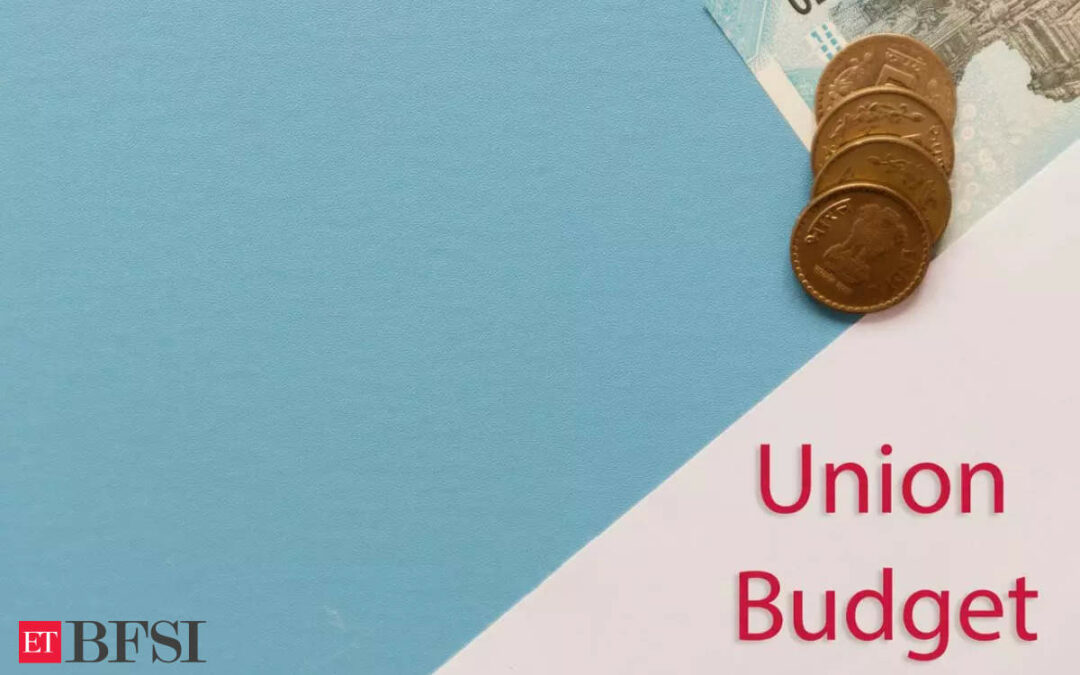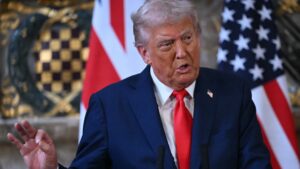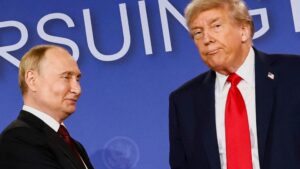Union Budget 2024: Prime Minister Narendra Modi led-government will present first full Budget in their third term after the 18th Lok Sabha polls in 2024 in the coming month, laying the roadmap for the next five years.
The last budget presented by the Finance Minister Nirmala Sitharaman was a vote on account due to the General Elections that were scheduled from April to May.
Here are some interesting Budget trivia that you should know:
India’s First Budget:
Th history of first every budet dates back to pre-independence time when Scottish economist and politician James Wilson – of the East India Company – presented it to the British Crown on April 7, 1860.
However, if one goes to check first budget of country after being freed, the big document was presented on November 26, 1947 by then Finance Minister R K Shanmukham Chetty.
Longest Budget speech
Country’s first and longest serving women Finance Minister, Nirmala Sitharaman, holds the title of delivering the longest speech when she spoke for two hours and 42 minutes while presenting the 2020-21 Union Budget on February 1, 2020. With two pages still remaining, she had to cut her speech short.
Interestingly, Sitharaman broke her own record of July 2019 – her maiden Budget – when she had spoken for two hours and 17 minutes.
Most wordy speech
While he is known for being a man of few words, former Prime Minister Manmohan Singh during his tenure as Finance Minister delivered the budget speech with the most words, 18,650, in 1991.
After Singh, the person who has presented a wordy speech was the late Finance Minister Arun Jaitley with a speech 18,604 words long. Jaitley spoke for an hour and 49 minutes.
Shortest Budget speech
1977’s Budget speech, delivered by then Finance Minister Hirubhai Mulljibhai Patel, measured in at just 800 words.
Who holds record for presenting most Budgets?
Former Prime Minister Morarji Desai holds the record for presenting the highest number of budgets in history. He delivered 10 budgets during his tenure as Finance Minister from 1962 to 1969, followed by P. Chidambaram with nine budgets and Pranab Mukherjee with eight.
However, Sitharaman who will present her seventh consecutive budget will suprass Desai’s record. With her upcoming budget, she will be India’s only Finance Minister to present seven budgets consecutively.
Some key changes in Budget presentations:
- The Union Budget till 1999 was presented at 5 pm on the last working day of February as per British era traditions. The tradition was changed by former Finance Minister Yashwant Sinha by starting the presentation at 11 am. Starting 2017, Arun Jaitley began presenting the Union Budget on February 1, departing from the colonial-era tradition of using the last working day.
- Until 1955, the Union Budget was exclusively presented in English. Subsequently, the Congress-led government opted to publish the Budget documents in both Hindi and English. Over time, the Budget has evolved significantly, including the transition to a paperless format for the 2021-22 edition due to the deadly COVID-19 pandemic.
- In 2019, Nirmala Sitharaman became the second woman to present the budget, following Indira Gandhi who had done so for the financial year 1970-71. Sitharaman departed from tradition by opting for a traditional ‘bahi-khata’ adorned with the National Emblem to carry her speech and accompanying documents, eschewing the traditional budget briefcase.
- Until 2017, the Railway Budget and Union Budget were presented separately. After being presented independently for 92 years, the Railway Budget was integrated into the Union Budget in 2017 and presented jointly.
- A major leak changed the tradition of Budget being printed printed at Rashtrapati Bhavan in 1950. Following the lapse, the venue of printing had to be shifted to a press at the Minto Road in New Delhi. In 1980, a government press was set up in the North Block – the seat of the finance ministry.
Iconic Budgets
The Black Budget
With fiscal deficit at Rs 550 crore, Yashwantrao B. Chavan presented the 1973-74 Budget during the Indira Gandhi government, which was termed as Black Budget. This period marked a time of severe financial turmoil for India.
Carrot & Stick Budget
The Union budget presented by VP Singh on February 28, 1986, was seen a revolutionary move towards dismantling India’s license raj. Known as the ‘Carrot and Stick’ budget, the major document provided both rewards and punishment. The budget introduced MODVAT (Modified Value Added Tax) credit to reduce the tax burden on consumers by lowering cascading effect of taxes. Simultaneously, it initiated a rigorous crackdown on smugglers, black marketers, and tax evaders.
Epochal budget
Considered as the landmark budget of country that kickstarted the era of economic liberalisation, Manmohan Singh’s landmark 1991 budget, is known as ‘Epochal Budget’. Presented at a time when India was on the brink of an economic collapse, it lowered customs duty from 220 per cent to 150 per cent and took steps to promote exports.
Dream Budget
The then Finance Minister P Chidambaram in the 1997-98 budget used the Laffer Curve principle to lower tax rates to increase collections. He did so by cutting maximum marginal income tax rate for individuals from 40 per cent to 30 per cent and that for domestic companies to 35 per cent besides unleashing a number of major tax reforms including a voluntary disclosure of income scheme to recover black money. Referred to as the ‘Dream Budget’, it also slashed customs duty to 40 per cent and simplified excise duty structure.
Millennium Budget
Laying the roadmap for the growth of India’s IT industrym, the then Finance Minister Yashwant Sinha’s Millennium Budget in 2000 phased out incentives on software exporters and lowered customs duty on 21 items such as the computer and computer accessories.
Rollback Budget
Yashwant Sinha present another iconic budget for the Atal Bihari Vajpayee-led NDA government in 2022-23. The budget was called ‘Rollback Budget’ as several proposals in it were withdrawn or rolled back.
Once-in-a-Century Budget
Current Finance Minister Nirmala Sitharaman on February 1, 2021 presented what she called was ‘once-in-a-century budget’ as it looked to revive Asia’s third-largest economy by investing in infrastructure and healthcare while relying on an aggressive privatisation strategy and robust tax collections.










